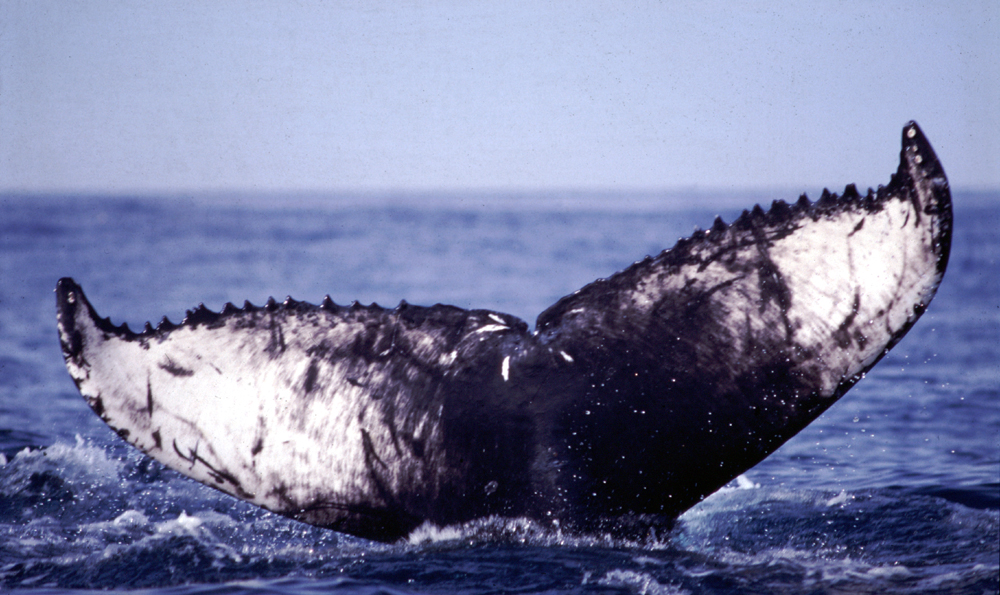Seals give birth on ice or on land, while whales live their entire lives at sea. Some marine mammals roam over large areas, others are more indigenous. Some whale species migrate from the Arctic to the Antarctic. The polar bear also has a life closely linked to the sea and hunts mainly on the ice.
Whales
Read more about whales in the BarentsWatch area on IMR's topic pages (in Norwegian):
Minke whales: Eat in the north, give birth in the south.
Killer whale: Slugger of the sea.
Humpback whale: A long commute between the Barents Sea and the Caribbean.
Porpoise: A frequent guest along the Norwegian coast.
Dolphins: Playful small cetaceans.
Sperm whale: Master diver which can submerge to 1000 metres.
Fin whale: Almost the biggest of all.
Blue whale: The biggest of all.
Seals
Read more about seals in the BarentsWatch area on IMR's topic pages:
Harp seal: Thrives on ice. Three stocks.
Hooded seal: Deep diver who enjoys travel.
Grey seal: "Coastal fisher" with a varied diet.
Harbour seal: Takes in the sun between dives.
Ringed seal: All over the Arctic.
Polar Bear
The polar bear (Ursus maritimus) is distributed around the entire Arctic region and is the world's largest land predator. Polar bears live both in Svalbard and in the ice-covered waters around. They hunt mainly out on the sea ice, and are dependent on ice-covered sea to find sufficient food. Climate change and pollution are the main threats to the polar bear.
